Exploring Japan One Km At A Time: The Rise of Bikepacking
What is Bikepacking?
Ever seen a person manning a super thin road bike while carrying masses of equipment in stacked rucksacks? That’s bike packing!
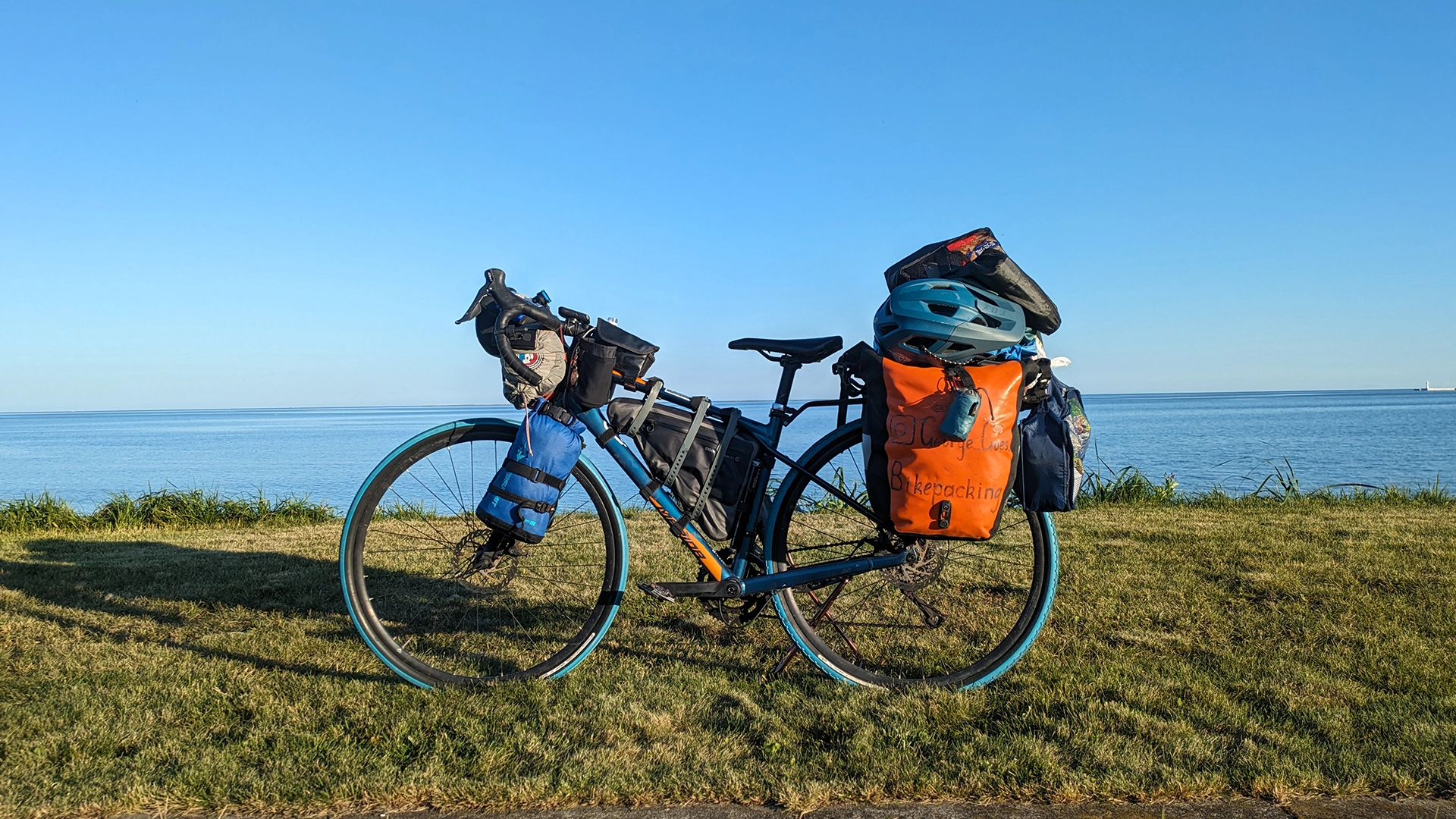
Essentially, bikepacking falls into a similar category as road tripping or backpacking, but instead of stacking your car to the brim with all of your essential gear, you strap it to your bike (or on your person) and then get pedalling around your chosen country.
As Georgia explains, “it's free traveling.”
“A lot of the time I won't even know where I'm gonna finish at the end of each day, but I'll have everything I need for the long term.”
Ok, so another fitness fad?
Actually, it couldn’t be more the opposite. While bikepacking has seen a huge rise in prominence in the digital age, its origins actually date back to the 1800’s, where it was common for people who couldn’t afford the expensive cost of purchasing a horse to bikepack from their home town to newer terrain.
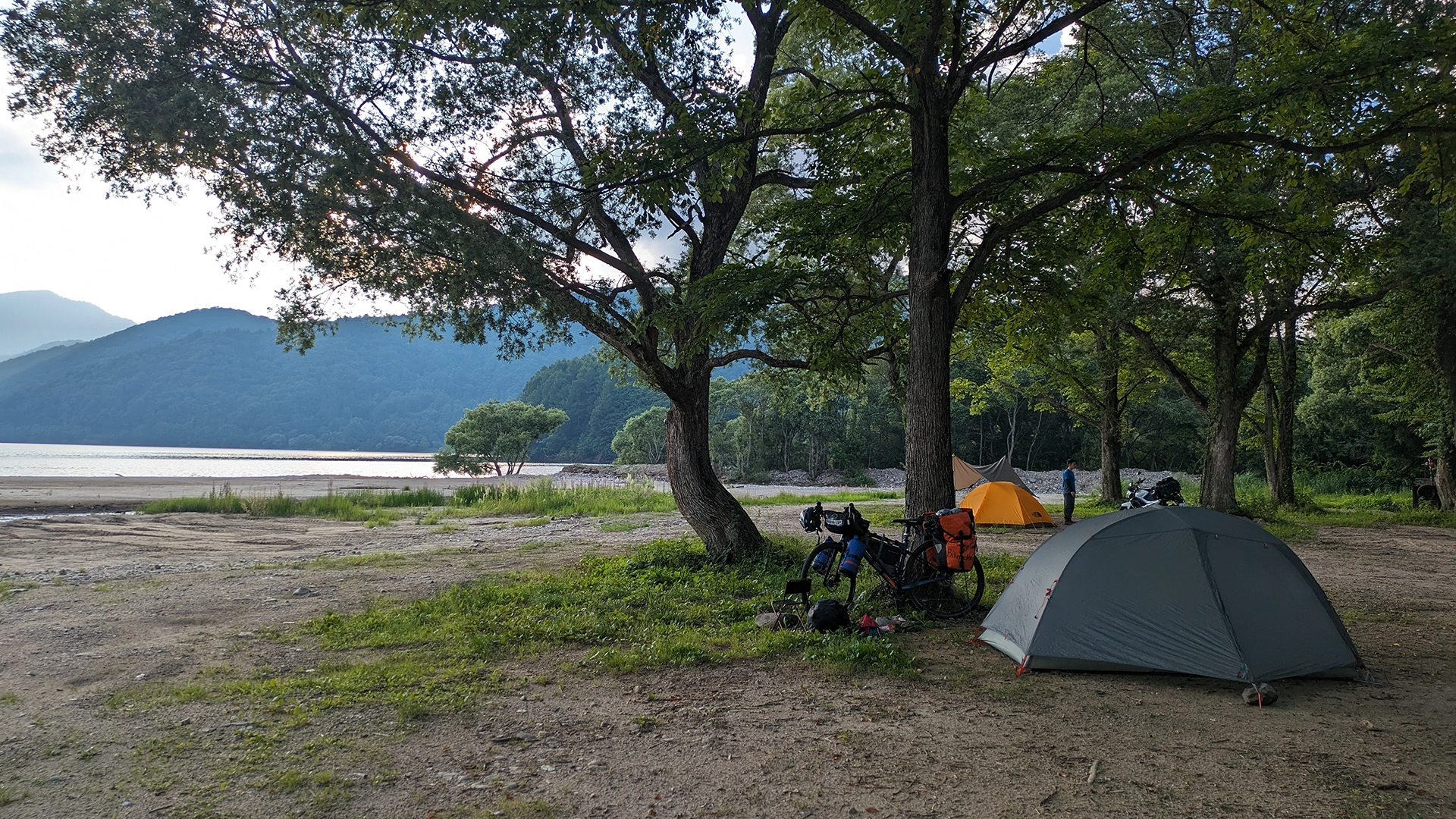
Since then, it’s seemingly gained more and more traction annually, and while it’s hard to pinpoint an exact figure of riders getting into the activity, two of Japan’s most used bikepacking Facebook groups now clocking in a combined 25,000+ members. So we think it’s fair to say the demand is growing rapidly.
Why So Many Are Finding Bikepacking To Be The Best Option In 2025
Explore off the beaten path
“Yeah I know a lot about Japan, we spent 10 days there last year visiting Tokyo, Osaka and Kyoto.”
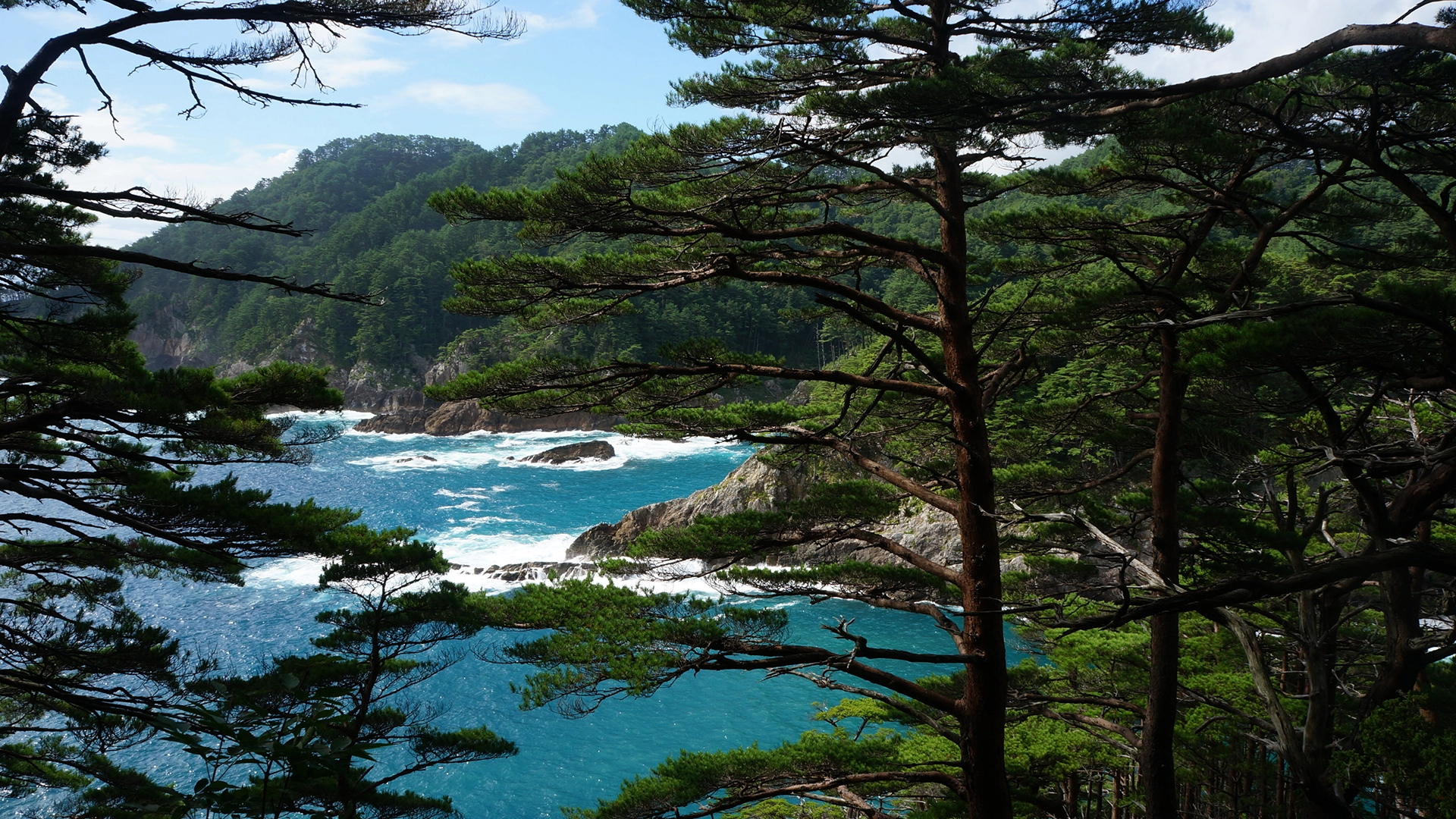
We’ve all heard it. Almost everyone who visits Japan, except for those venturing out to the alpine regions, primarily stick to the same three locations and then deem that they have clocked Japan. But Japan isn’t a Playstation 2 game that you can easily knock over in a couple of days.
Each and every prefecture around the country has their own thing to offer, from islands that rival Hawaii’s best to deep jungle terrain, picturesque mountain ranges, beaches where the snow meets the sea, it’s truly a magical country to explore, and by bikepacking, not only do you get off the beaten track, you get to experience the real Japan – the restaurants and destinations that you would have never checked out if you weren’t quite literally riding through them.
Cost effective
The more you plan to do, the more it’s going to add up. Whether you’re relying on public transport, domestic flights or car rentals and ferries, if you really want to experience as much of Japan as you can throughout your trip, it’s going to be a whole lot cheaper to do it via a bike.
Fitness, of course
Sure, Japan is certainly not the biggest country in terms of land mass, but that doesn’t mean you it’s a stone's throw from one side of the country to the other.
To put it in perspective, if we are measuring from the North to the South as the crow flys, Japan roughly covers 3,000km of land mass. As you can imagine, that’s more than just a decent amount of time to be sitting on a bike. Trust us, by the end of your trip, both your leg strength and cardiovascular health will be eternally grateful.
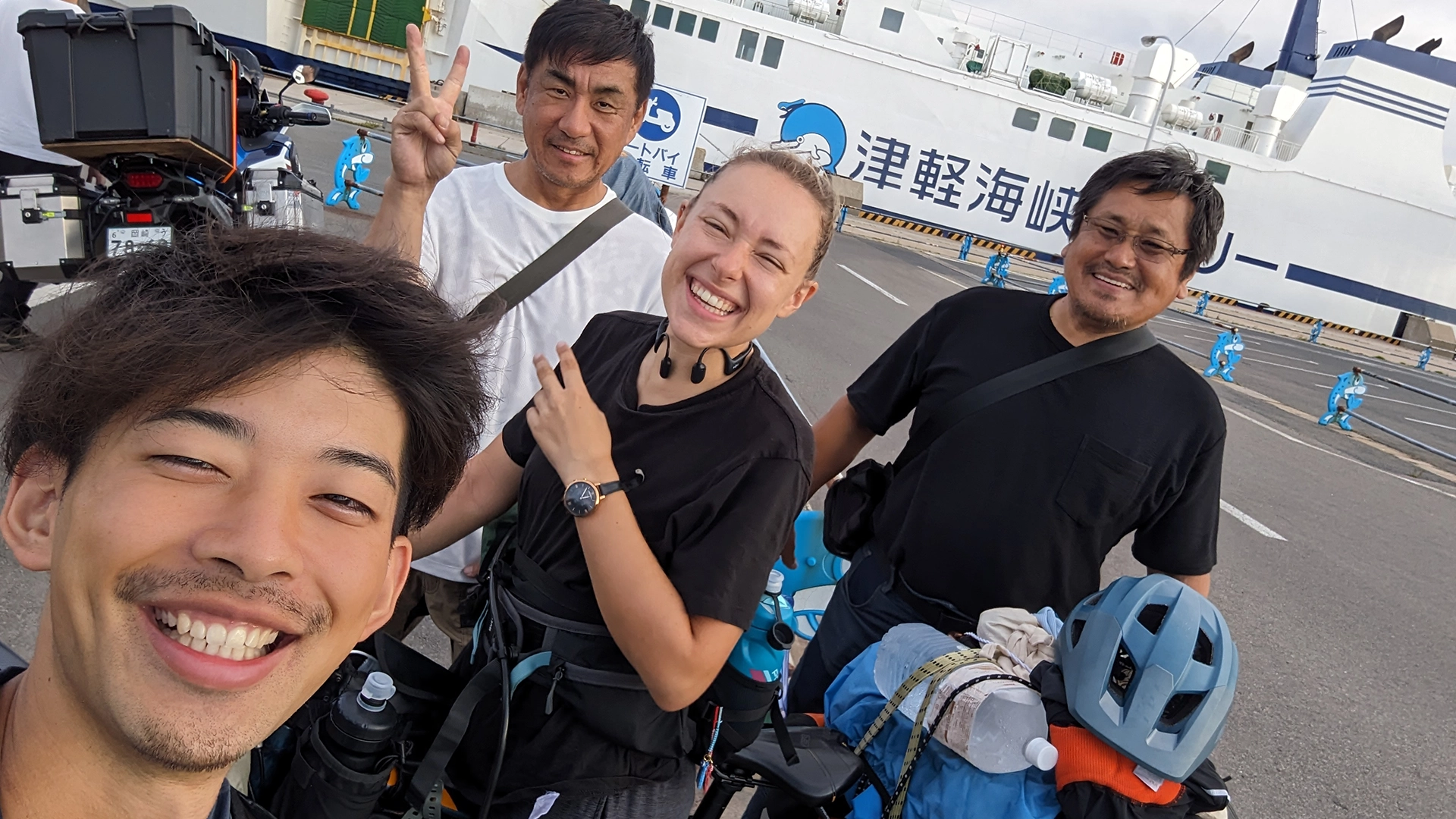
Community
As we said before, bikepacking isn’t just a fad, it’s an ever-growing community. Meaning that there will always be someone else with a similar plan to you. Link up and ride a couple of km together, you never know what that might lead to in future.
The Ultimate Freedom
Every traveller has looked out the window of a train and thought, ‘ohh I should come back and check out this town, it looks cool.’ Then, they don’t. Bikepackers however, always have the ultimate freedom to stop at a destination and check it out for as long or as little as they like. If that’s not true travelling, we don’t know what is.
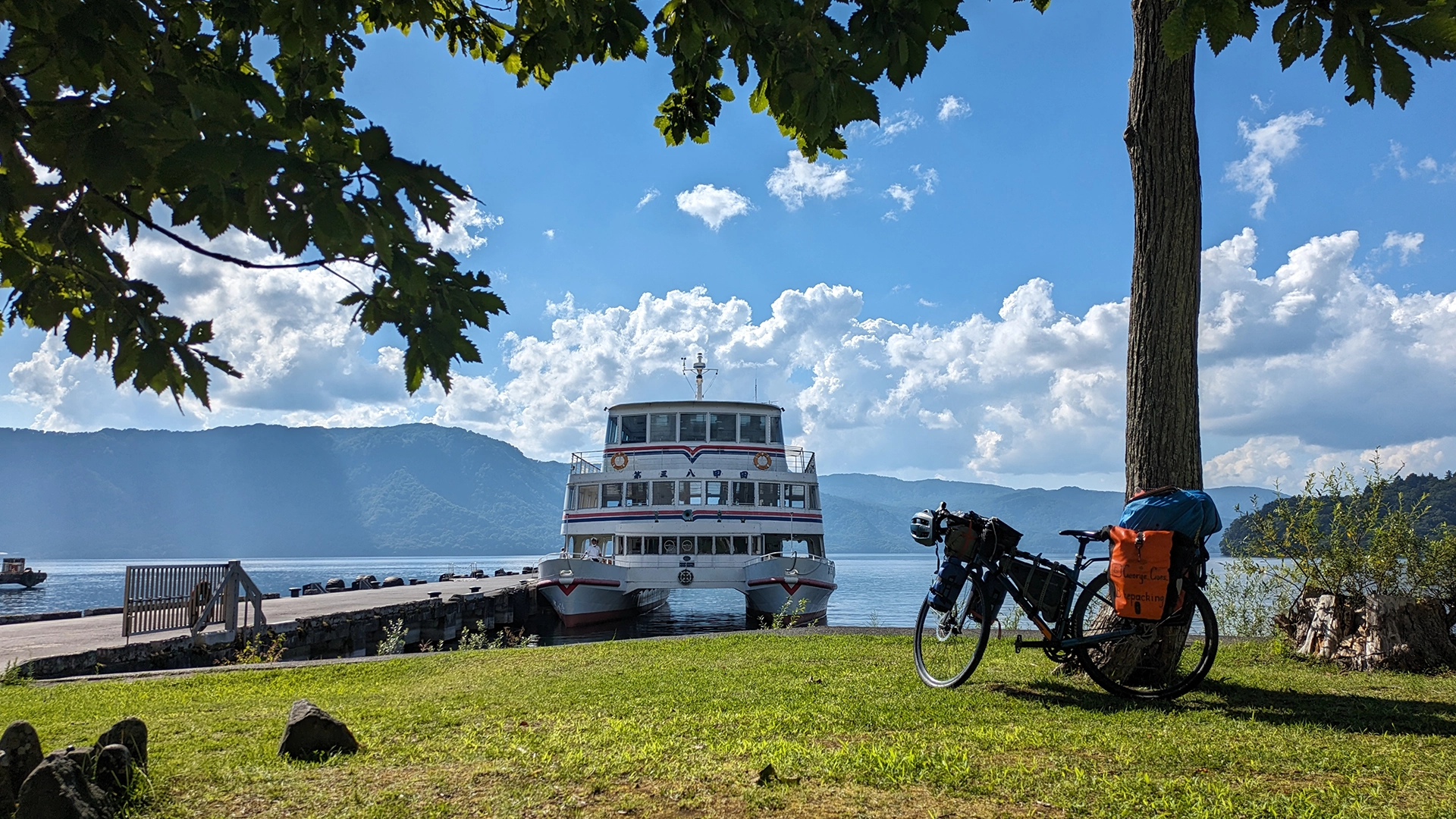
A First-hand perspective: Georgia's Story
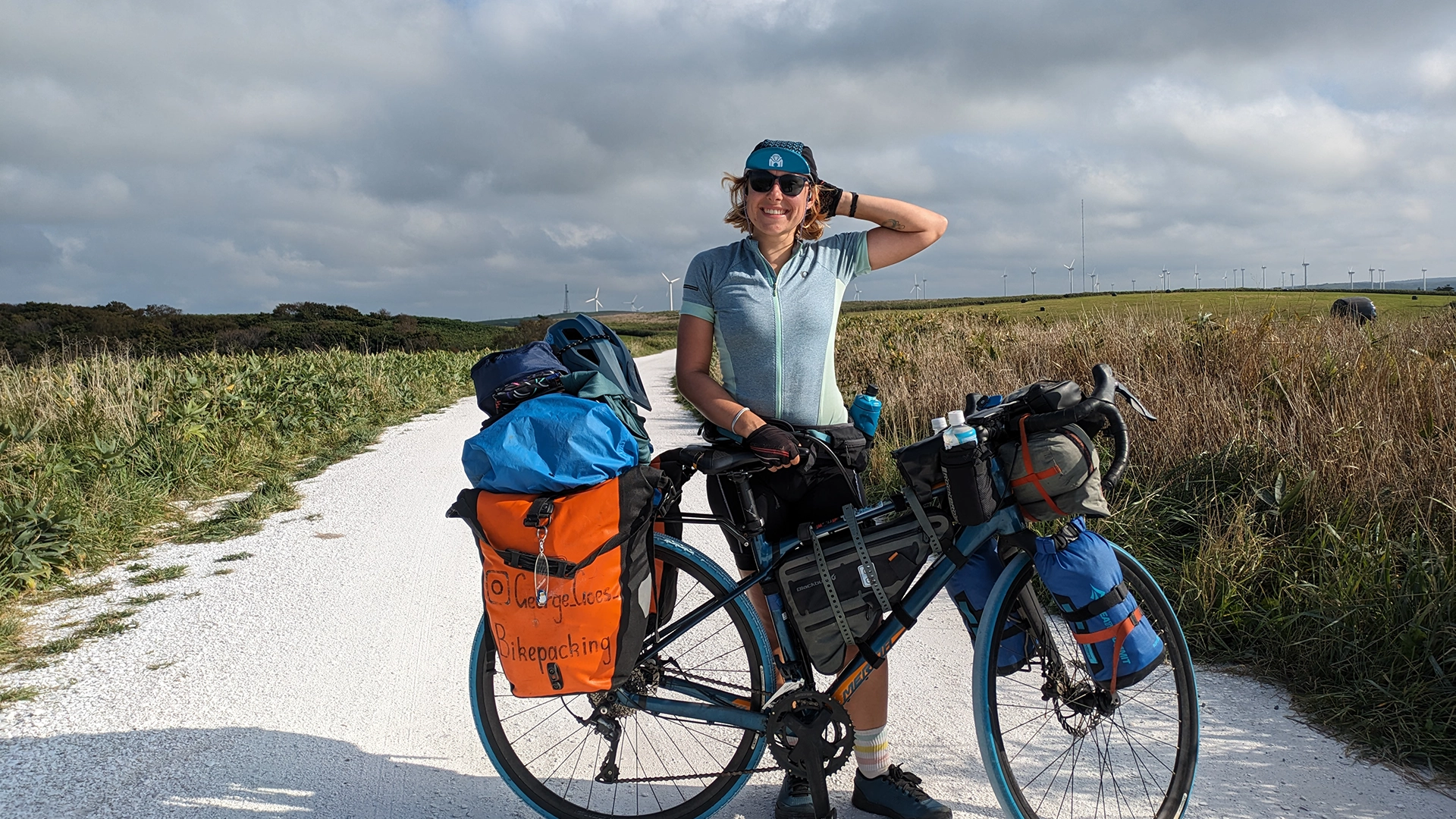
By the time she touched down in Japan with her stacked rucksack and Merida 200 gravel bike, bikepacking certainly wasn’t a new thing for Georgia Styles (george_goes_bikepacking, who had previously trekked across 27 different countries in Europe. Yet there was something immediately different about it.
From the unique landscapes and cultural attractions, to local food vendors and the overall community feeling evident throughout each region, Georgia fell in love. Turning a trip that “wasn’t meant to be a long stay” into a two and a half year stint that doesn’t seem to have a finishing point any time soon.
So what was the big selling point?
The freedom to explore at her own pace. Albeit, it did take a tiny bit of preparation.
“It's free travelling. Normally I'll decide where I’ll end up that night the day before I leave, but it really depends on the country. In Japan especially, it's really hard to not have pre-booked accommodation in certain locations. Everything's booked out on the weekends in terms of accommodation, so campsites are easiest on weekends.”
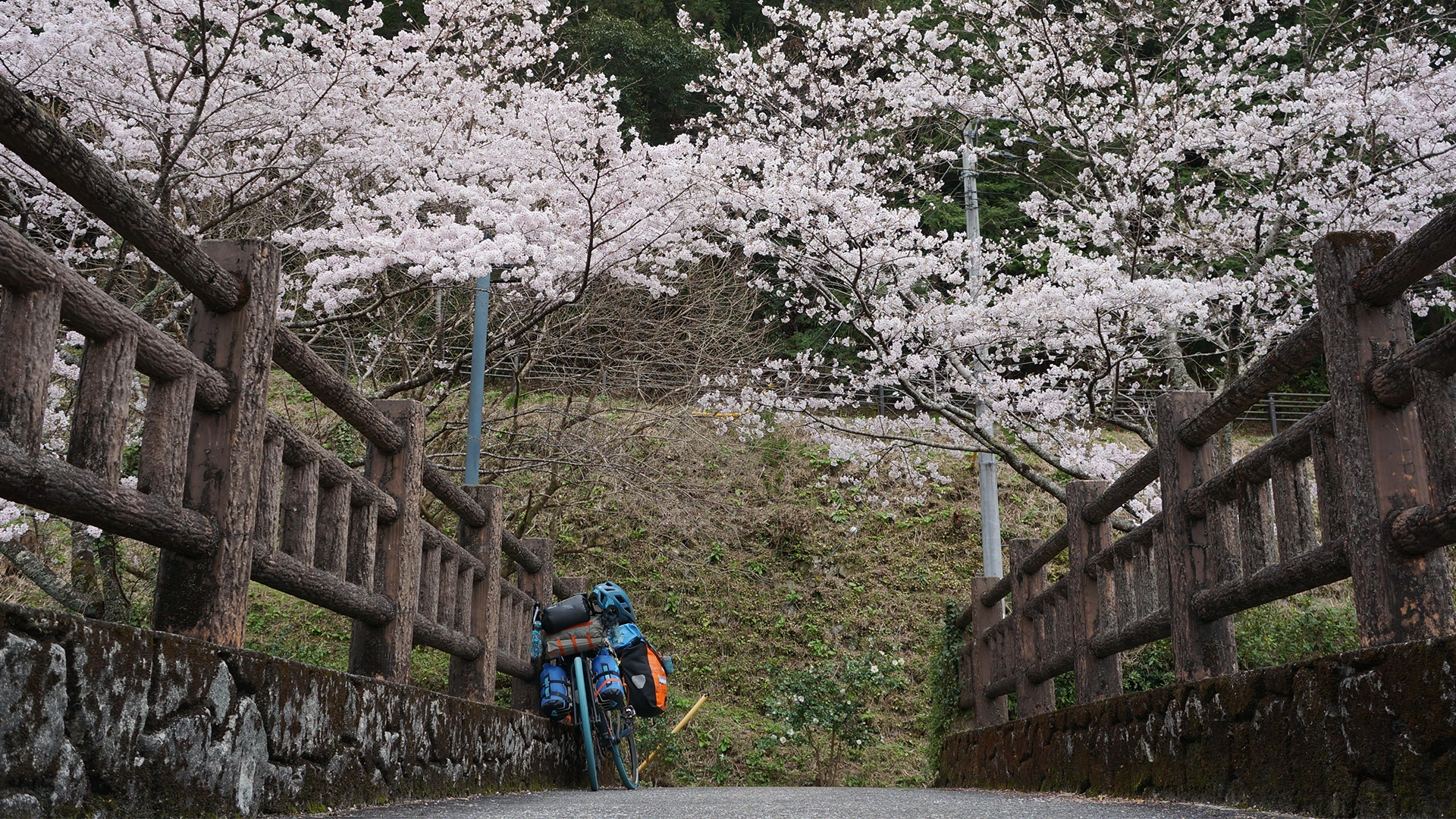
For all of you who love endurance sports but also like things a little bit fancier while travelling, bikepacking doesn’t automatically mean camping. After reflecting on her travels, Georgia reckons she probably spent 70% of the time staying in cheap accommodations like hostels and ryokans, before settling on campgrounds in busier or more scenic locations.
“I think in a year, I spent about a month or two camping.”
A move which she credits as being an epic way to budget and live cheaply while exploring the Japanese countryside. And when we say exploring, we mean exploring––having ticked off all but 5 (Shiname, Tottori, Yamaguchi, Wakayama, Okinawa) of Japan’s 47 prefectures.
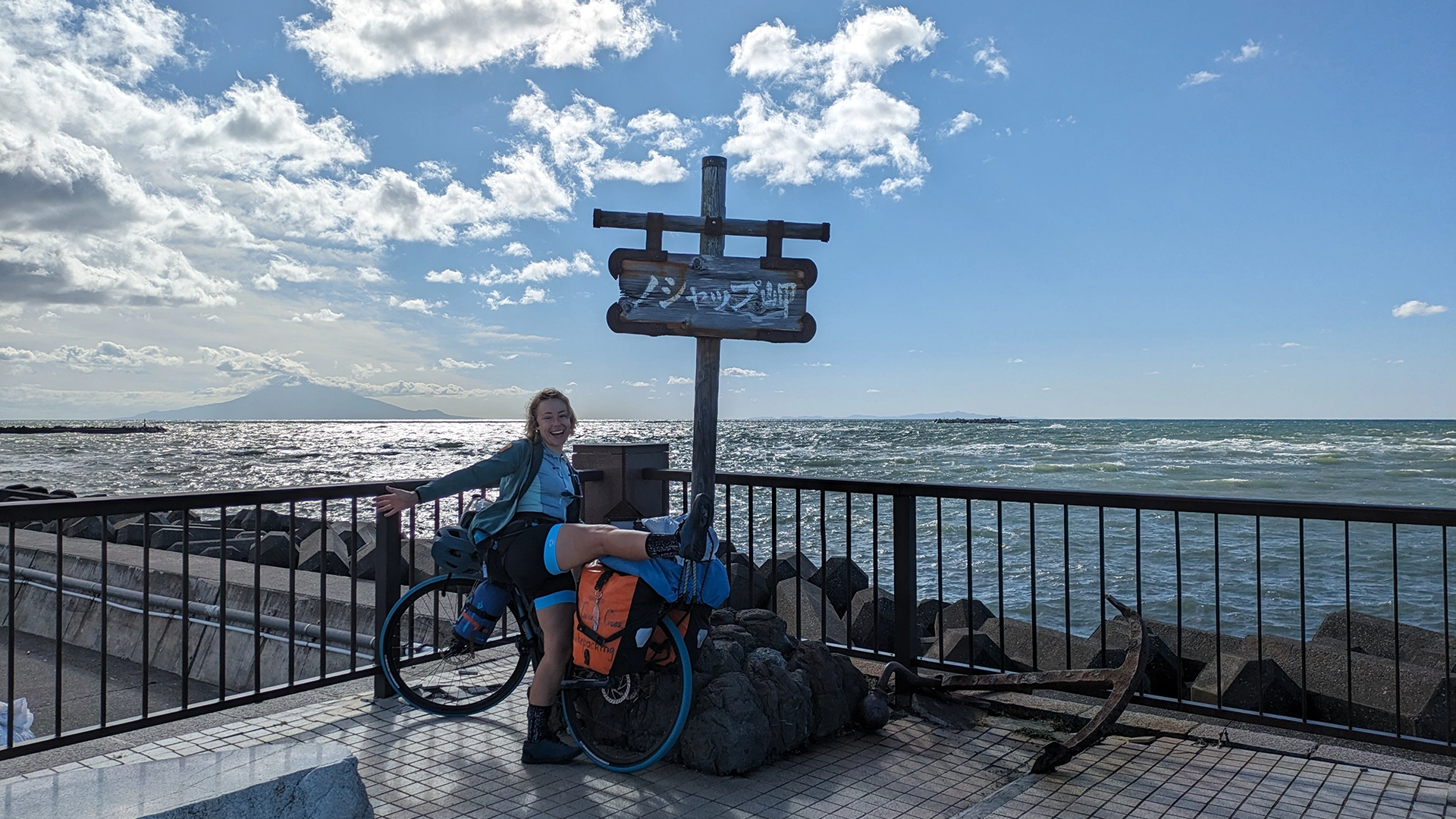
“I definitely think that I saved money by doing a lot of camping and getting to each place on my own steam.”
“Food each day would cost me about ¥3,000, because I was exerting a lot of energy so I had to eat a lot. But that was pretty much it besides the odd mechanical failure, which only happened 2-3 times over the entire year.”
If you’re reading this thinking, ‘bikepacking Japan sounds pretty cool but I don’t want to take an entire year off work, don’t stress, it wasn’t all pedalling and packing, Georgia did a lot of living (and working) while exploring.
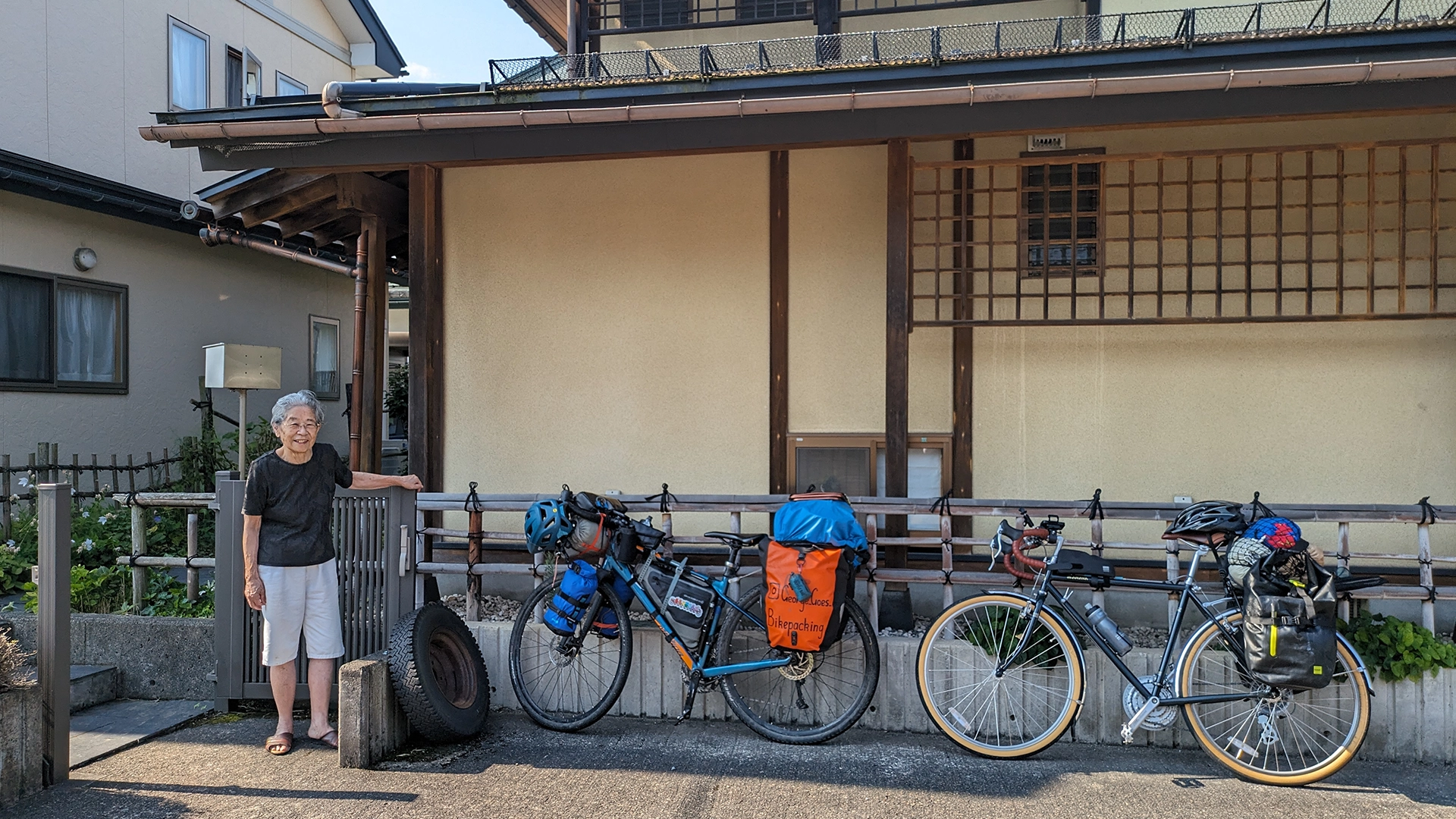
“I took breaks!” she laughs, “there was even a point that I was living above a teppanyaki store in Furano for a couple of months!”
“It was a really cool memory actually. I’d been wanting to take a break over the winter, and I'd been cycling through Furano in autumn and stopped into a random restaurant, got chatting and the guy at the shop told me if I came back to town I could live in the restaurant in exchange for a few hours work every day… I don’t think he actually expected me to come back, because when I did he was like, 'who are you?'
"But then we got chatting again and the offer still stood! It was really an amazing experience and was actually how I first found out about Rhythm, through meeting Rhythm Furano crew around town!”
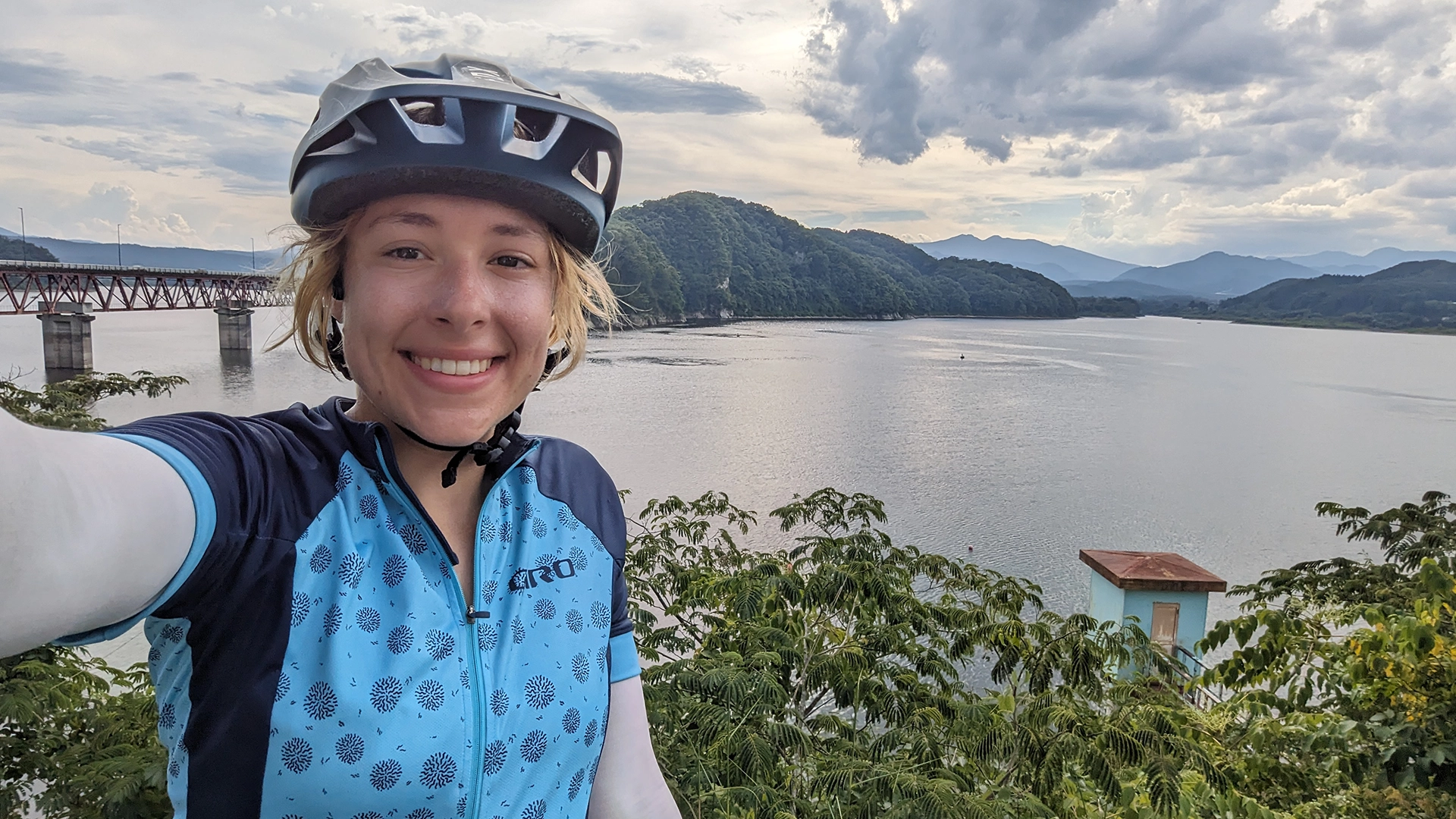
Now approaching three years in Japan, and a year and a half at both Rhythm Hirafu and Rhythm Setsu, Georgia hasn’t regretted her adventures once, claiming Japan has definitely been one of the most memorable bikepacking locations she’s ever done, citing her experiences through stories of drinking umeshu with locals, being invited for dinners where she learnt traditional methods to make onigiri and all the friendly faces who approached her while camping in the countryside. Sure, there was that time that she “almost got tricked into joining a buddhist cult”, but that’s a story for another day...
So for all of you keen to get off the beaten track and experience the Japan that so few foreigners get to immerse themselves in, here’s Georgia's pro tips for bikepacking Japan:
Georgia's Bikepacking Essentials
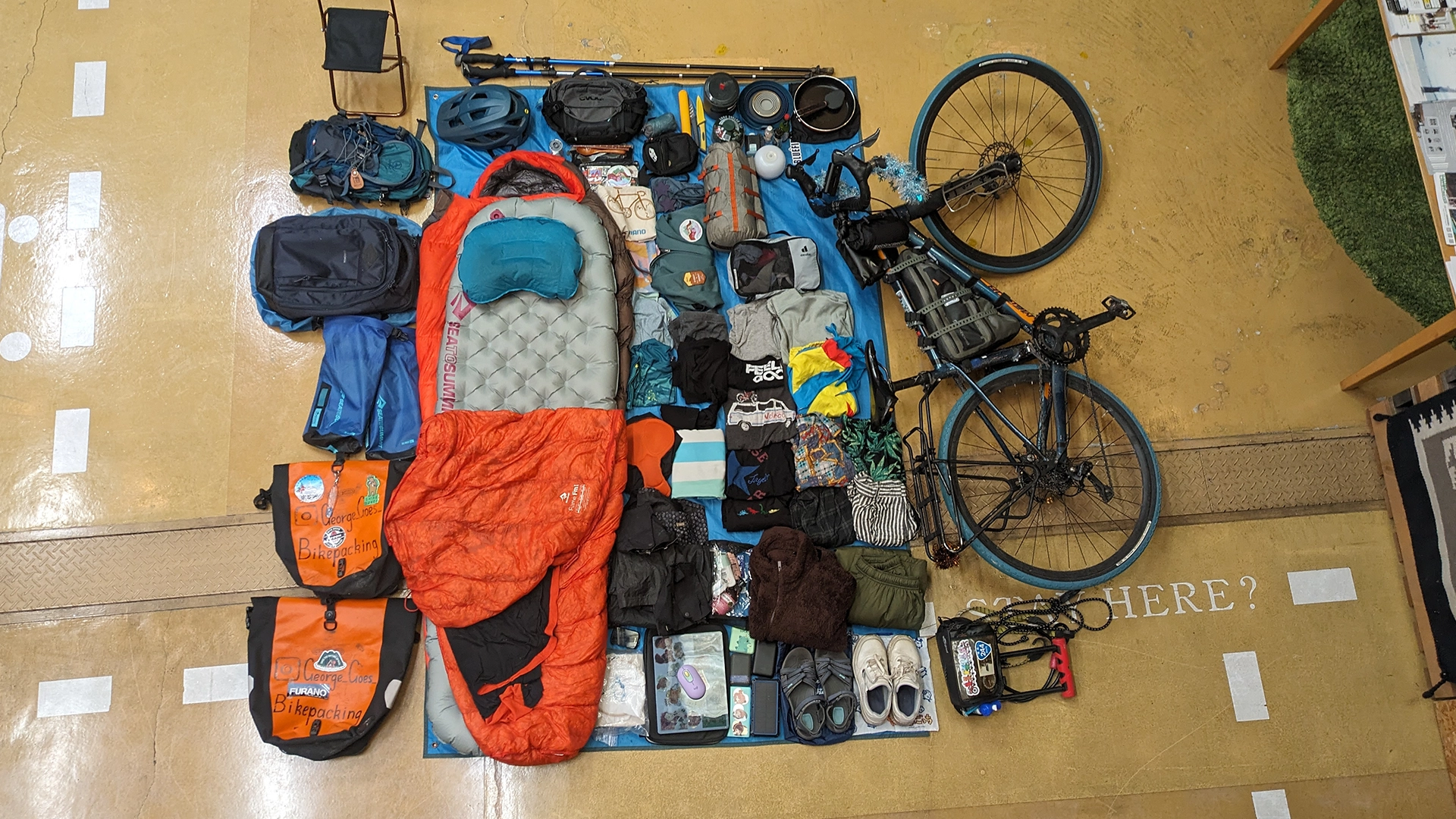
Puncture repair kit
Spare bike tube
Camping stove
Coffee/Tea Pot
Sunscream
Bum Cream
Rain Clothes
A days worth of food
Battery packs
A bike, duh..
Georgia’s Tips For Bikepacking Japan
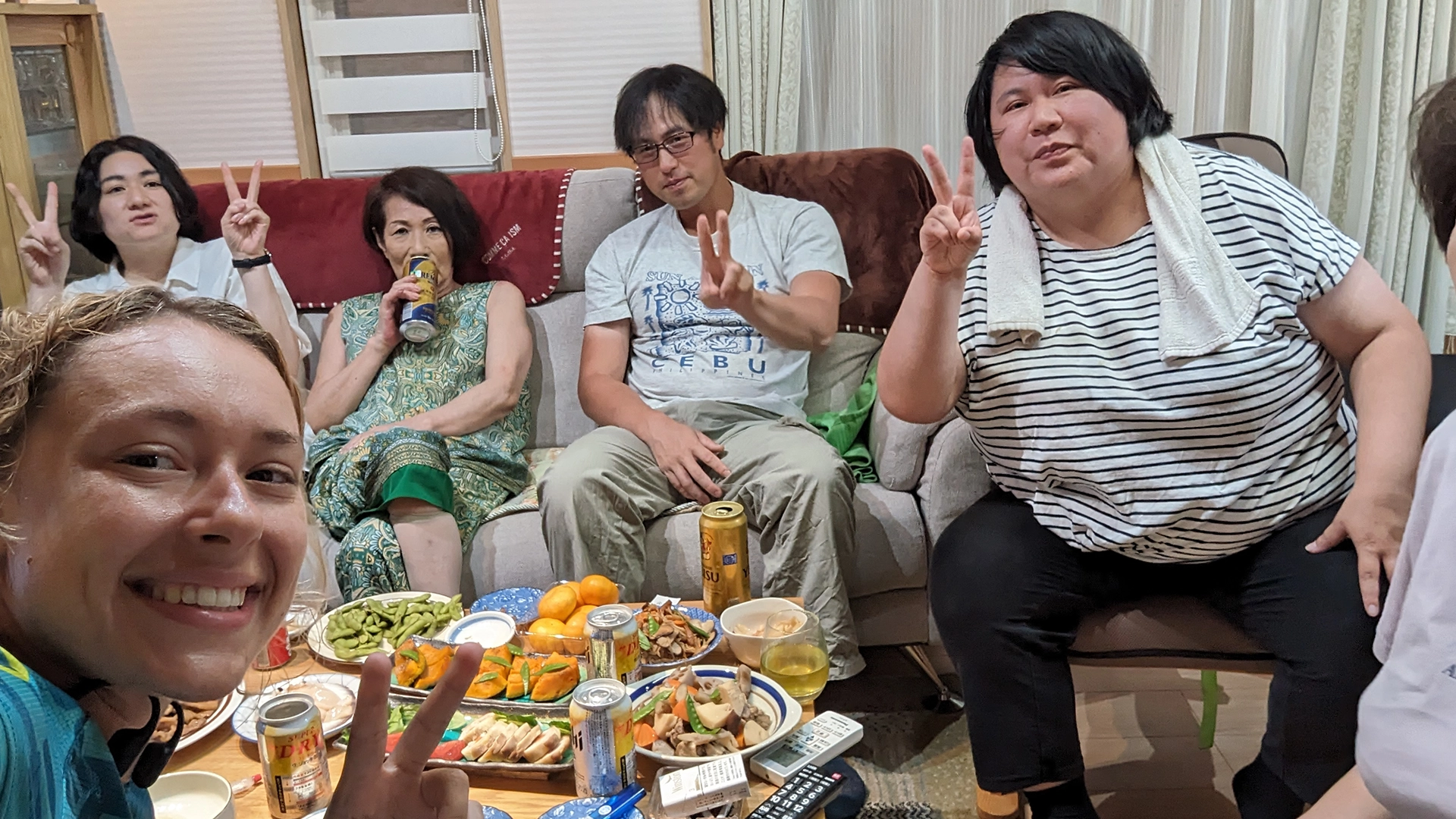
“A little language goes a long way. The 3 -4 months before I left I was trying to learn as much as I could and I definitely used everything I had learnt but still wished I’d learnt more.”
Start small, you end up doing things you hadn’t planned for or expected.
Scout out all the bike workshops available on your route, you never know when you’ll need one!
It is daunting, but u kind of get used to things going wrong. It’s part of the fun. The more things that go wrong, the more you realize that there's always someone who can help or some other way to fix it.
Don't get halfway through your bikepacking journey and realise you are 1,000 km from your nearest bike workshop. Brush up on our Rhythm Tunes bike workshop locations in Niseko, Furano and Hakuba first!

